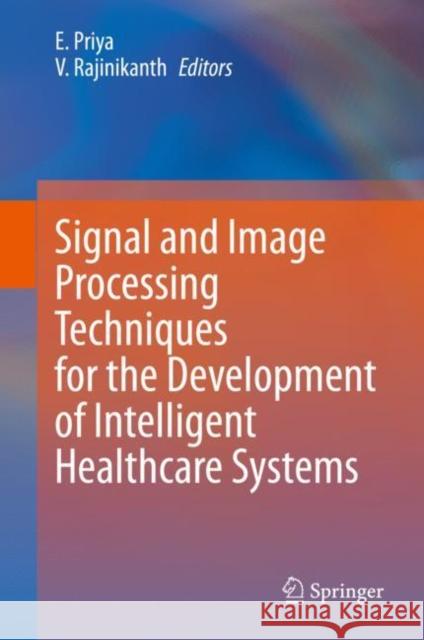Signal and Image Processing Techniques for the Development of Intelligent Healthcare Systems » książka
topmenu
Signal and Image Processing Techniques for the Development of Intelligent Healthcare Systems
ISBN-13: 9789811561405 / Angielski / Twarda / 2020 / 283 str.
Signal and Image Processing Techniques for the Development of Intelligent Healthcare Systems
ISBN-13: 9789811561405 / Angielski / Twarda / 2020 / 283 str.
cena 685,93
(netto: 653,27 VAT: 5%)
Najniższa cena z 30 dni: 655,41
(netto: 653,27 VAT: 5%)
Najniższa cena z 30 dni: 655,41
Termin realizacji zamówienia:
ok. 22 dni roboczych
Dostawa w 2026 r.
ok. 22 dni roboczych
Dostawa w 2026 r.
Darmowa dostawa!
Kategorie BISAC:
Wydawca:
Springer
Język:
Angielski
ISBN-13:
9789811561405
Rok wydania:
2020
Wydanie:
2021
Ilość stron:
283
Waga:
0.54 kg
Wymiary:
23.88 x 19.56 x 1.52
Oprawa:
Twarda
Wolumenów:
01











